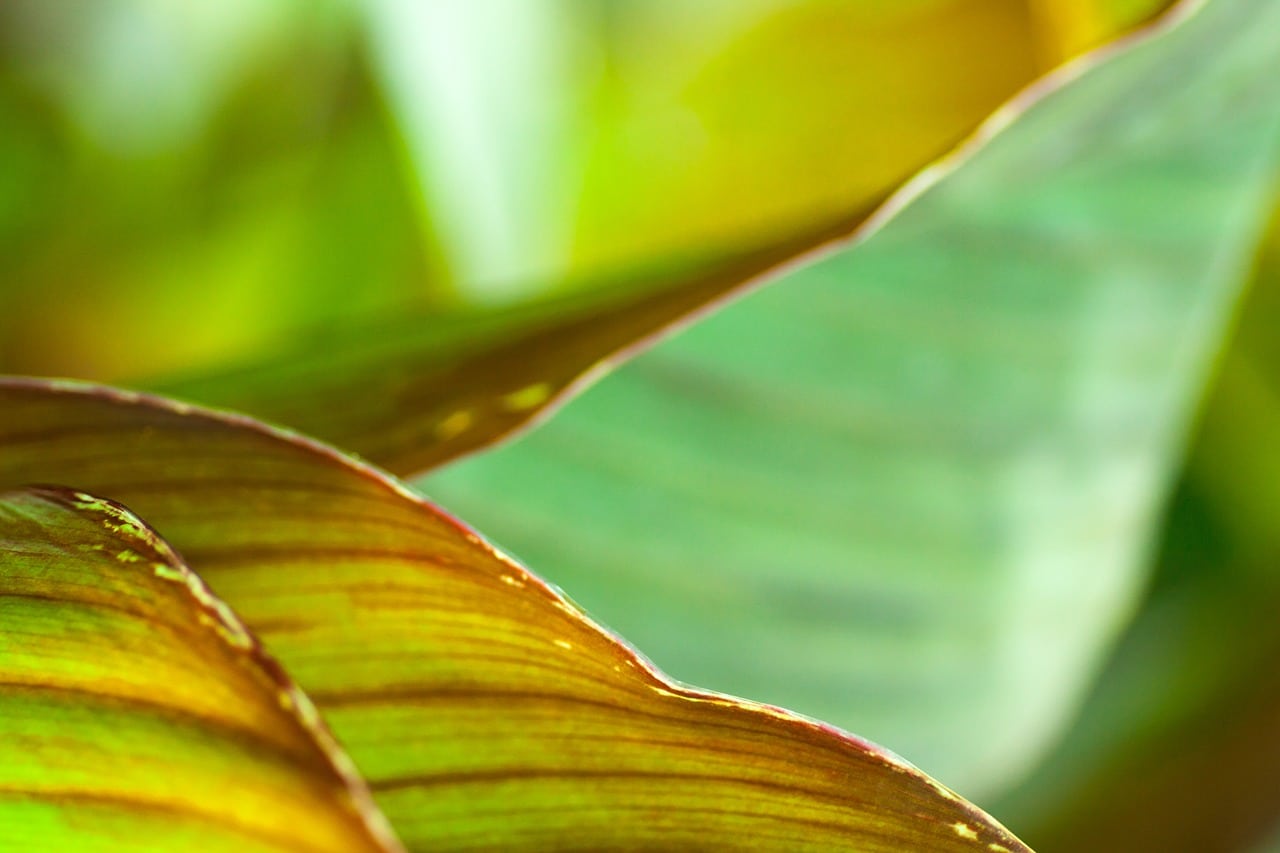
Would you like to contemplate some beautiful flowers in your garden or terrace? The cane indicates are some of the plants that bloom for much of the year, but it is in summer when they brighten our day to day the most by showing us their most extraordinary petals.
They are very easy plants to maintain, to the point that it could be said that the difficult thing is to lose them. And it is that, as long as they have plenty of light and water, they will grow perfectly.
Origin and characteristics of cane indicates

Our cane indicates They are bulbous plants originating in Central America, but today you can find them in all temperate-warm climate gardens around the world. They grow to a height of approximately 3mand they have beautiful leaves that can be green, reddish or purple depending on the variety. It also has flowers of different colors: yellow, red, bicolor … They appear in spring and summer, and remain until mid-autumn.
They are popularly known as Indian cane, crab flower, yerba del rosario, achera, risgua or chisgua. Its growth rate is very fast as long as it has enough water at its disposal and the temperatures are warm.
What are the care that must be provided?
Keeping an Indies cane healthy is simple, but we recommend taking the following into account so that no problems arise:
Location
It must be located in an exposed areadirectly in the sun. But if you do not have any available space at the moment, you can also have it in partially shaded areas, as long as it is very bright.
Earth
Will grow on all types of terrainbut although it is true that it will develop better in those that have good drainage and do not have a tendency to compact.
- the garden: not demanding. It grows well even in limestone.
- Flower pot: the container must have holes in its base, and be filled with universal substrate mixed with 30% perlite, claystone or fine construction sand.
Subscriber

Likewise, you will also appreciate being periodically fertilized with slow-release fertilizerslike the ones you can get in nurseries or with worm castings, from spring to late summer.
Irrigation
If we talk about watering, this will have to be frequent, especially during the flowering season, since it does not tolerate drought. You can take advantage of the irrigation water, once a month, to add a little guano to fertilize your plant. This way, will have a greater number of flowers.
Planting or transplanting time
Early spring It is a good time to plant it in the garden, or change the pot following this step by step:
Planting in the garden
- First, you have to choose the location, taking into account that it must be watered very often, and that it requires direct sunlight.
- Next, dig a hole about 30 “by 30” and fill it with water. Then wait for the earth to absorb it, something it should do in a few minutes. If you see that it takes a long time, make the largest hole, 50 x 50cm.
- Then, add a layer of about 10 centimeters (or 20cm if the earth finds it difficult to absorb the water) with fine construction sand, clay, volcanic clay or similar.
- Next, remove the plant from the pot or rhizome and place them in the center. If it is too high or far below ground level, remove or add more clay, volcanic clay, … or whatever you have used .
- Finally, finish filling with universal substrate.
Pot change
The change to a larger pot you have to do it every 2-3 yearswhen you see that roots are coming out of the drainage holes, or the plant has occupied the entire container and cannot continue growing.
It is done as follows:
- First, choose a pot with holes in its base about 5-7cm wider and deeper.
- Then fill it in a bit with universal substrate.
- Then remove it from its old pot, and place it in the new one, in the center. In the event that it is too high or low, remove or add dirt.
- Finally, finish filling, and water.
Multiplication
The cane indicates multiplies by seeds, and division of rhizomes in spring:
Seeds
Before sowing them, they must be soaked in water for 24 hours. Later, are sown in seed trays with peat or mulchplaced outside in semi-shade.
After a week or two, they will begin to germinate.
Rhizome division
When the plants reach 4-5 years of cultivation, the rhizomes can be divided and thus new specimens can be obtained. For it, you have to dig them up and cut the aforementioned with a knife previously disinfected.
Afterwards, they are planted in individual pots or in other areas of the garden, and watered.
Pests
It can be attacked by aphids, mealybugs, drills, worms, and plusias (a type of caterpillars). Fortunately, they are not usually serious, and even so, they fight well with natural products, such as neem oil or potassium soap.
Diseases
Sometimes, when the soil is very compact and, in addition, it is watered too much, always keeping it flooded, the fungi will start to do their thing. The most common are the Fusarium Rhizoctonia and Alternaria.
When you see that they have dark spots on leaves and stems, treat them with fungicide and water less.
Rusticity
Resists up to -3ºC.
Where to buy?

Get your plant from here!.
Our cane indicates they are very grateful plants, that they need very little care – and very little space! – to look perfect. Either on land or in a planter, you can enjoy its flowers every summer. Do you dare to have one?
